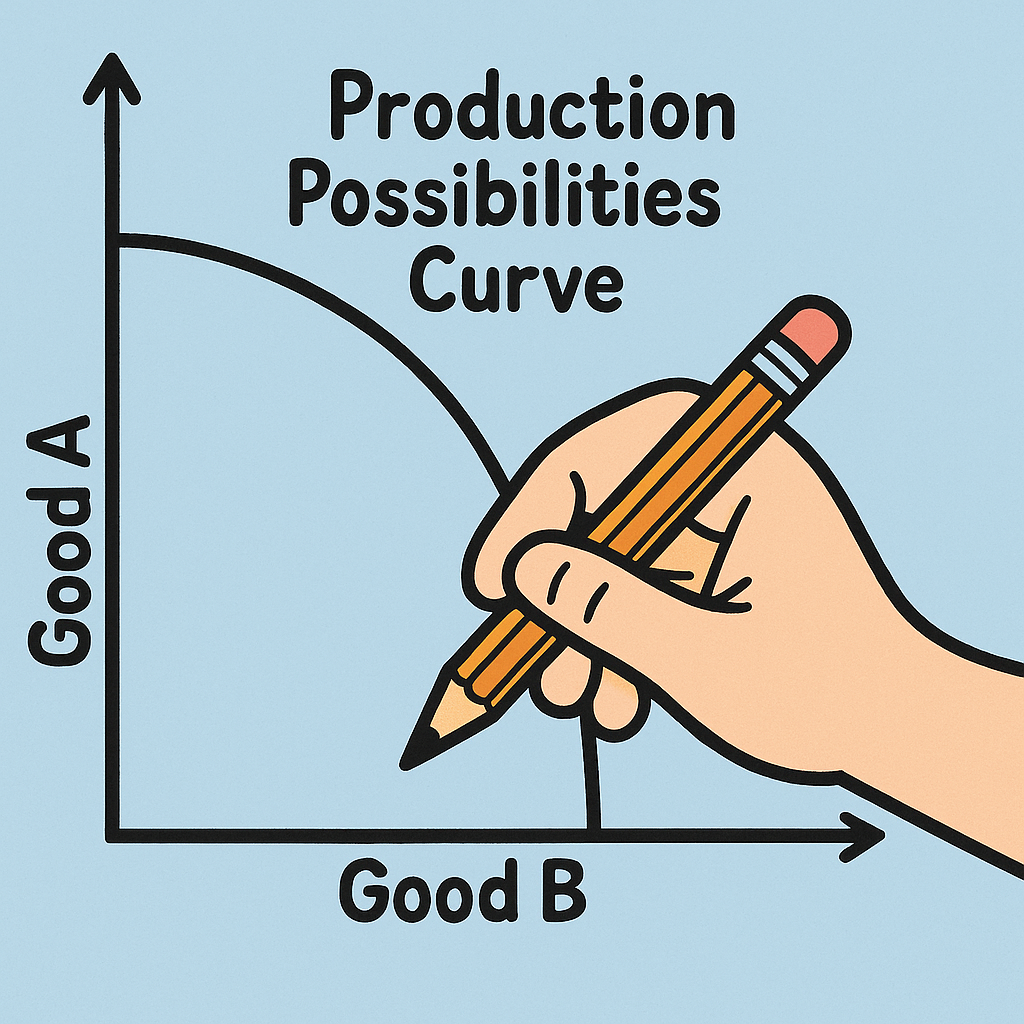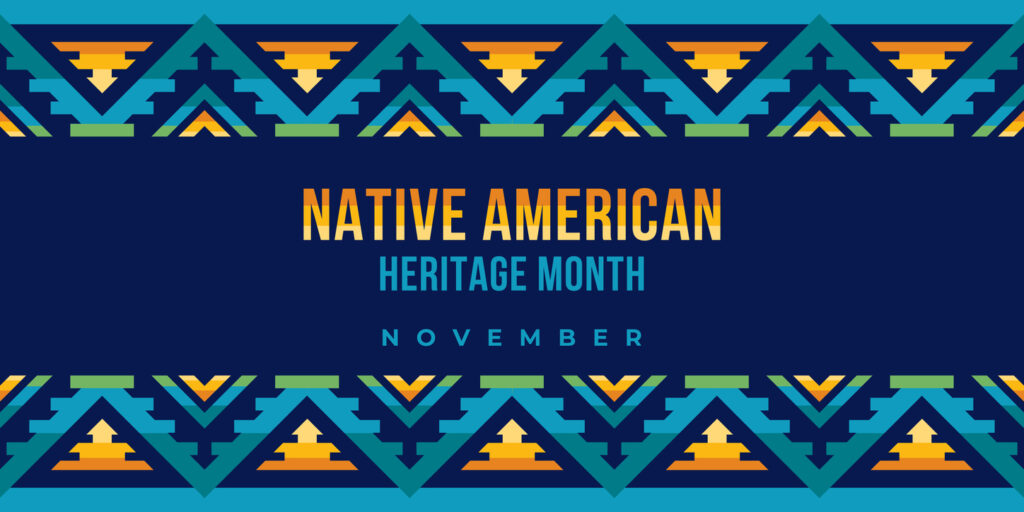
Grades 9-12

Don't have an account yet? Sign up for free
Don't have an account yet? Sign up for free
In this webinar teachers will:

This video is available to view for EconEdLink members only.
Celebrate November’s Native American Heritage Month by using children’s literature to teach economic concepts including scarcity, productive resources, specialization and trade. Discover creative methods to blend these concepts with Indigenous Peoples’ history and current social and environmental issues. Featured titles Include: • Fry Bread: A Native American Family Story by Kevin Noble Maillard [Productive Resources] • Josie Dances by Denise Lajimodiere [Human Resources] • We are Water Protectors by Carole Lindstrom [Scarcity and Conservation] • Wilma’s Way Home: The Life of Wilma Mankiller by Doreen Rappaport [Specialization & Natural Resources] • Keepunumuk: Weeachumun’s Thanksgiving Story by Danielle Greendeer [Scarcity, Choices and Decision-Making] • Blood on the River: James Town 1607 by Elisa Carbone [Trade and Specialization] • Shadows at Jamestown by Steven K. Smith [Opportunity Cost]

Grades 9-12

Grades K-2, 3-5

Grades K-2, 3-5

Content Partner
Grades 6-8, 9-12
